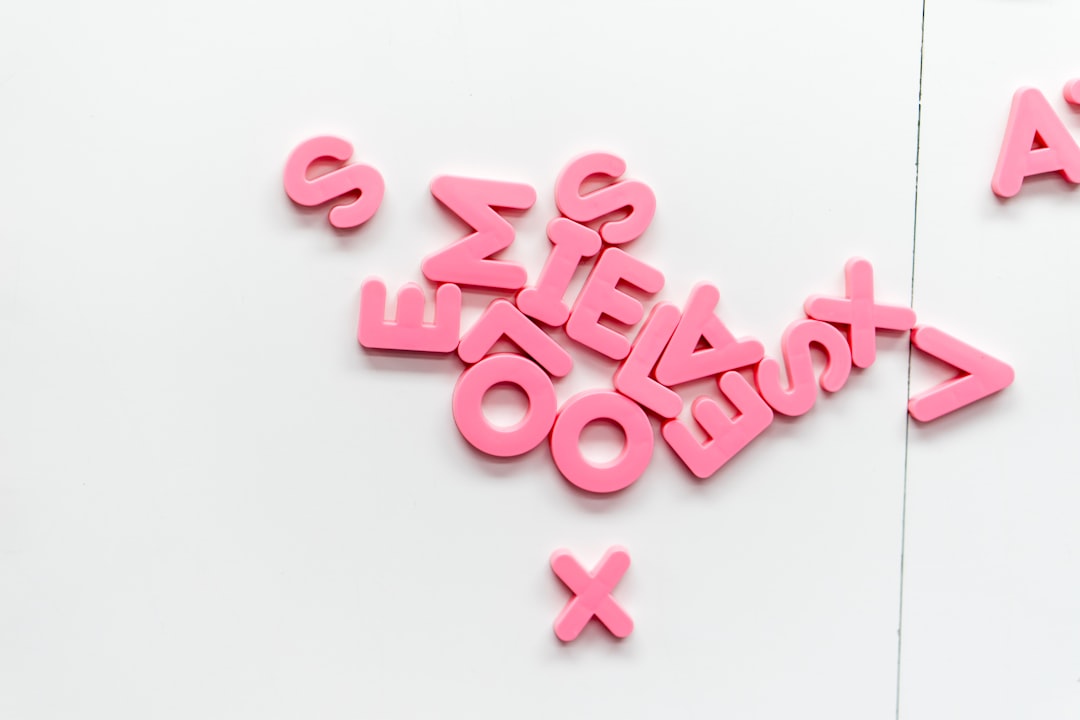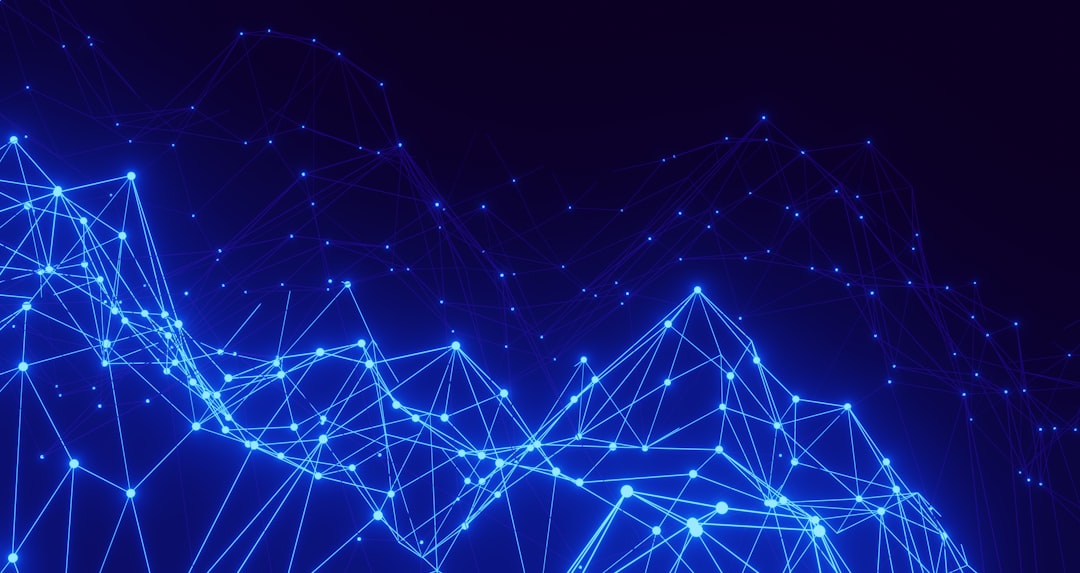What is it about?
Liquid Crystal Displays (LCDs) have become the dominant technology in modern electro-optical displays. This article presents how hexagonal two-dimensional nanomaterials, such as graphene, h-BN, and WSe2 can be utilized as alignment agents in LCDs to enhance their electro-optical performances.
Featured Image

Photo by Unseen Studio on Unsplash
Why is it important?
The alignment agent plays a crucial role in the electro-optical characteristics of LCDs. Conventionally, rubbed polyimide (PI) layers have been utilized as alignment agents in LCDs. However, these organic PI layers are sensitive to UV rays and high temperatures. The rubbing procedure in preparing PI layers also introduces drawbacks, including non-uniform brightness due to uneven rubbing mechanisms and residual fiber dust. This article demonstrates that various hexagonal 2D (inorganic) materials, such as monolayer graphene, monolayer tungsten diselenide (WSe2), and monolayer hexagonal boron nitride (h-BN) nanosheets, can effectively serve as planar-alignment agents in LCDs. Replacing the PI alignment agent with 2D materials improves the LCD’s optical transmission, enhances the polar anchoring strength, reduces the free ion impurities, and accelerates the dynamic electro-optic response.
Perspectives
This article discusses emerging challenges, potential directions for further exploration, and the significance of continued investigations into 2D nanostructured surfaces as alignment agents. This article aims to inspire and guide other researchers in this exciting area of study by summarizing the field's current state and presenting possible avenues for future research.
Rajratan Basu
United States Naval Academy
Read the Original
This page is a summary of: Utilizing 2D materials in liquid crystal–based electro-optic devices: A perspective, Applied Physics Letters, August 2023, American Institute of Physics,
DOI: 10.1063/5.0165630.
You can read the full text:
Contributors
The following have contributed to this page










